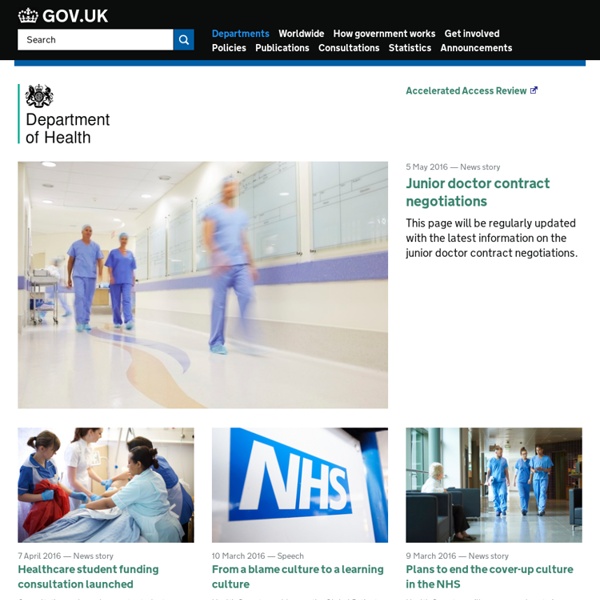



MedicineNet.com - We Bring Doctor's Knowledge to You Mindful Employer Initiative- Mental Health Issues at Work Centre of Research: Ethical Campaign BandC - Pharmaceutical Services Negotiating Committee (PSNC) Massage therapy in the workplace, stress relief, chair massage, Ethical Guidelines for Researching Counselling and Psychotherapy These guidelines aim to promote and inform good research practice. They are applicable to the wide range of different research positions and methodologies that contribute to the advancement of knowledge and understanding in the field of counselling and psychotherapy. The credibility and public standing of counselling and psychotherapy require that practitioners systematically and continually seek to enhance the quality, effects and safety of their practice on well-founded evidence. Public policy and commercial practice have combined to create a strong expectation that all professions undertake research in order to extend, challenge or transform existing knowledge and practice and as a way of demonstrating accountability for their work. These guidelines are consistent with and should be read alongside the Ethical Framework for Good Practice in Counselling and Psychotherapy .
News - Investors in People launches health and wellbeing award Claridge's, Kimberley-Clark and NHS Suffolk are among the first employers to be awarded Investors in People's Health and Wellbeing Good Practice Award. In total, seven employers received the award, which was launched on 11 March and recognises employers that have strengthened their organisations by investing in the health and wellbeing of employees. Jane Jones, acting chief executive at Investors in People, said: "Over the past five years, we have worked with some of the UK’s leading employers to analyse the role of health and wellbeing in the workplace. “The organisations we have worked with recognise these benefits and we believe this new award will help other reap the same rewards. "One of the key things Claridge's demonstrated as part of the award process was the commitment of managers at all levels to improve employee wellbeing. Read more articles on healthcare and wellbeing.
National Evaluation of the children's fund: Summary of key learning points from NECF reports on participation, prevention and multi-agency working - Brief : The Department for Education The Children's Fund (CF) exists to promote multi-agency work in preventative services for children and young people at risk from social exclusion. This five-page NECF brief was commissioned in December 2002 as a response to CF’s progress, with the resulting research set to continue until September 2006. The information highlights points of interest pertinent to the different groups engaged with the Children's Fund, and identifies emerging learning for developing policy and practice. Three strands of the work provided by the Children’s Fund are outlined. Part of the work of the NECF focuses on case studies of specific groups, including black and ethnic minority children, disabled children, children at risk from offending, travelling children and children of refugees and asylum seekers. The children's fundKey learning points for national policy makersPartnerships as learning systemsNECF: Next steps
HSE and the Government Health Work and well-being Strategy 'Health, Work Wellbeing' is a cross-departmental government programme to improve the health and well-being of people of working age. The Government's response to Dame Carol Black’s review 'Improving health and work: changing lives' [1] was published on 25 November 2008, and is the Government’s response to Dame Carol Black’s review of the health of Britain’s working age population – Working for a Healthier Tomorrow. The response takes forward the Government’s vision of creating a society where the positive links between work and health are recognised by all, where everyone can aspire to a healthy and fulfilling working life, and where health conditions and disabilities are not a bar to enjoying the benefits of work. Health, work and wellbeing - caring for our future Health, work and well-being is a crucial part of delivering on the Government’s commitment to improving the health and well-being of the working age population and is a central element of the wider welfare reform agenda.